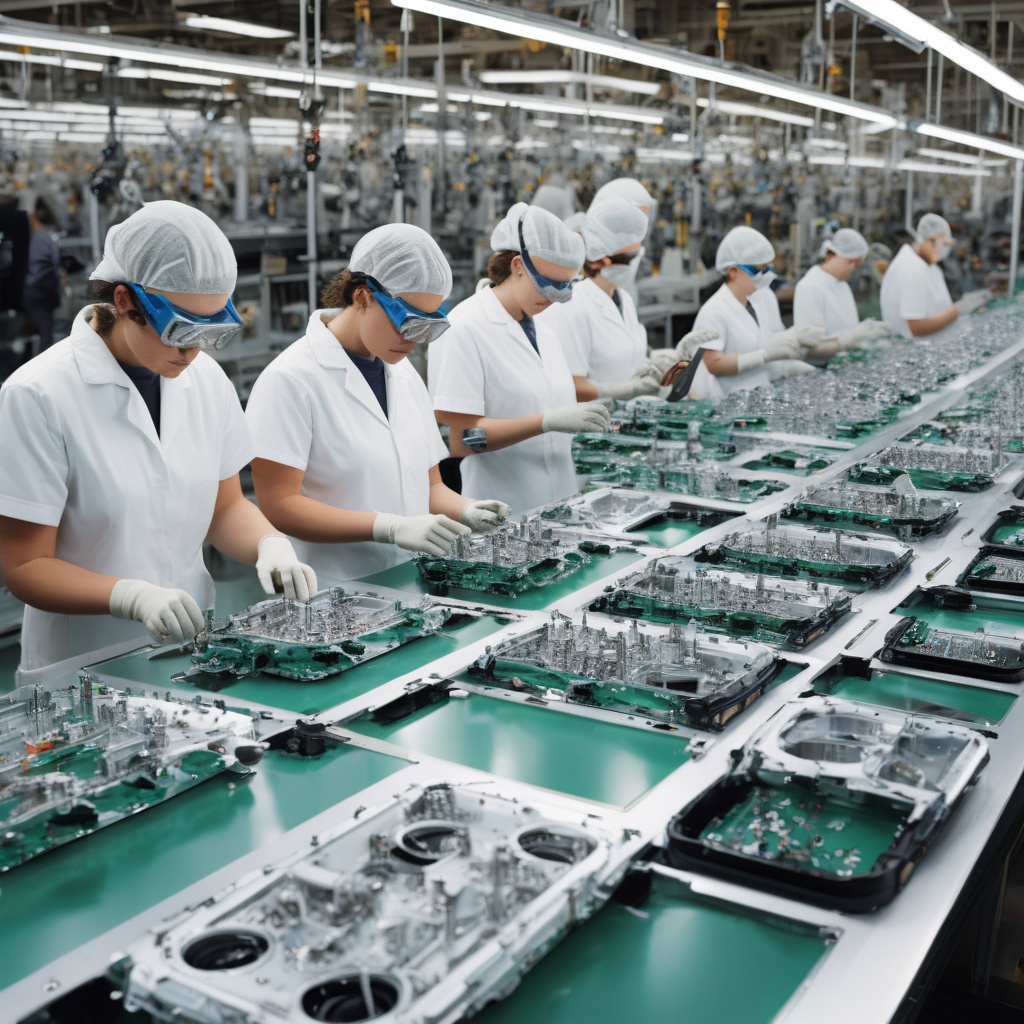Why Manufacturing a Trump Phone in the US Is a Challenge
In a recent turn of events, the idea of producing a smartphone in America under the Trump brand has encountered obstacles. The complexities involved in creating a mass-market phone in the US are multifaceted and go beyond mere branding.
When considering the production of a smartphone, various crucial elements come into play. Design, components, operating systems, skilled labor, factories, and distribution networks are all essential. The intricate nature of assembling these components surpasses the challenges encountered in manufacturing simpler products like pencils, as highlighted in Leonard E. Read’s renowned text, “I, Pencil.”
Although not entirely unfeasible, the production of a US-made smartphone faces significant hurdles. Purism’s Liberty smartphone is a rare example claiming US assembly, yet its limited specs and high price tag of $2,000 restrict its mass production capability. Moreover, reliance on components manufactured outside the US further complicates achieving complete domestic production.
The viability of manufacturing smartphone components domestically hinges on substantial investments in manufacturing plants. However, the rapid technological advancements necessitate frequent upgrades, rendering such investments financially daunting. Additionally, entering a market dominated by established manufacturers with streamlined processes poses a formidable challenge for US firms.
The scarcity of certain raw materials crucial for smartphone components further complicates US-based production. These materials, often rare and geographically specific, may need to be imported due to cost considerations. Manufacturing components closer to the source of raw materials frequently proves more cost-effective, discouraging complete domestic production.
The shortage of skilled professionals in various fields essential to the smartphone industry, such as scientists, engineers, and researchers, poses another obstacle. Addressing this scarcity requires substantial investments in education, training, and potentially immigration strategies, all of which entail time and financial commitments.
Moreover, the geographical location of manufacturing facilities adds another layer of complexity. Choosing suitable locations for factories that attract skilled labor while ensuring logistical efficiency poses a significant challenge. This not only increases operational costs but also necessitates investments in infrastructure and amenities to support the workforce.
The intricate nature of assembling various components sourced from diverse locations underscores the need for a robust logistics system. Coordinating just-in-time delivery of components requires efficient infrastructure, which, when developed, can strain local resources, escalate property prices, and disrupt community dynamics.
In conclusion, transitioning manufacturing ecosystems to facilitate domestic smartphone production demands substantial investments and time. While the aspiration for US-made smartphones exists, the pragmatic approach suggests a gradual investment strategy rather than expecting immediate transformation. Redirecting efforts towards future technologies that align with evolving market demands may prove more beneficial in the long run.
As the landscape of technology continues to evolve, focusing on innovation and adapting to future trends will likely yield more sustainable economic benefits and job opportunities. While the prospect of US-made smartphones remains uncertain, investing in emerging technologies holds the key to future prosperity and competitiveness in the global market.

